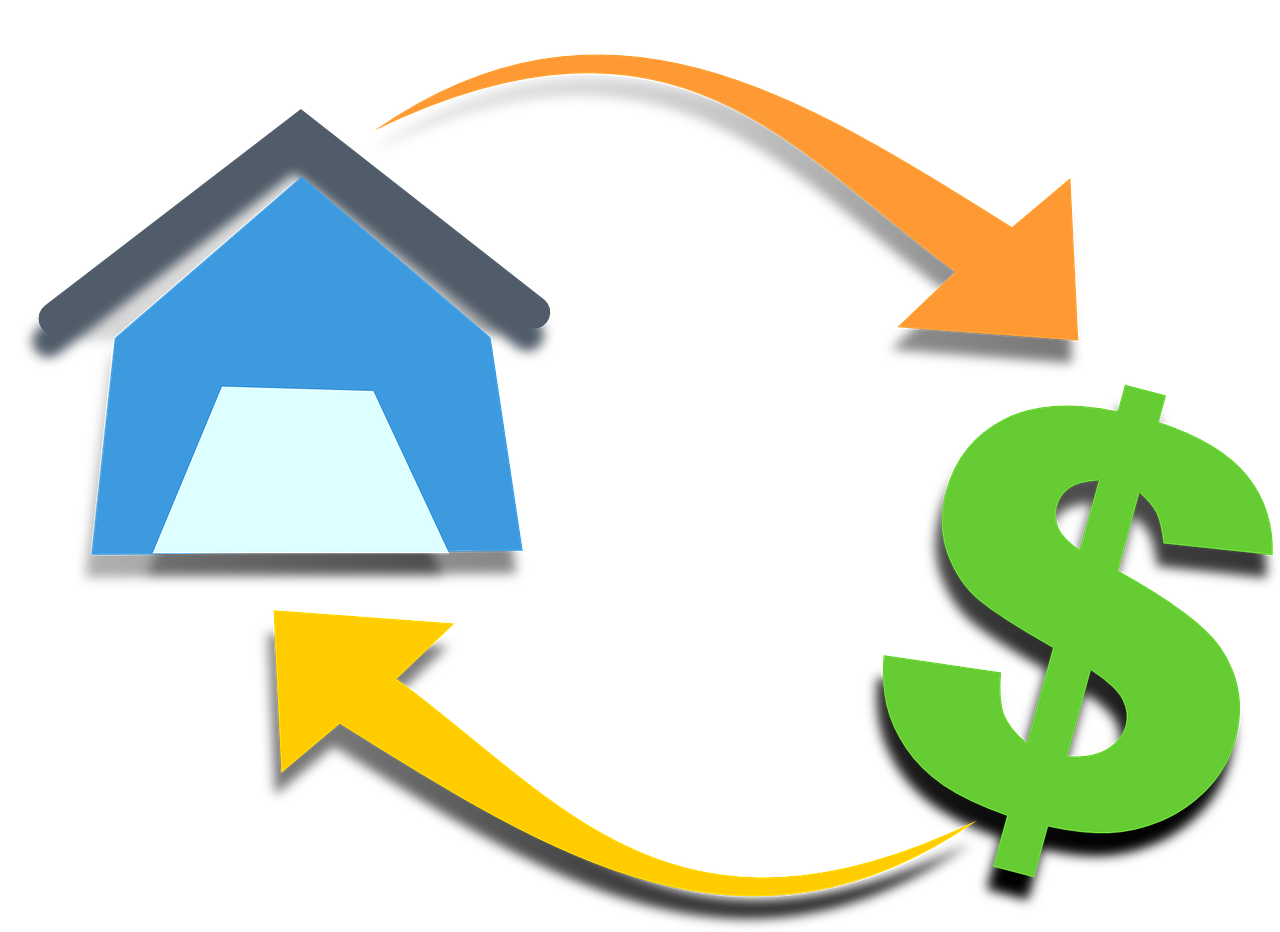Everything You Need to Know About Refinancing Your Mortgage

Refinancing a mortgage is an option many people consider. It can help you save money and access the money they have saved up to build their homes. Before you start refinancing your mortgage, you need to learn about it first to get the best possible outcome.
What Does It Mean to Refinance Your Mortgage?
Mortgage refinancing is the process of taking a new loan to pay off your original loan. Most owners consider mortgage refinancing to get lower market interest rates. During this process, your home loan provider will assess the market value of your home, gather information about your tax returns, and verify your credit. Once they are able to gather information and evaluate, they can offer you several options to lower your monthly payment, reduce the number of years on your home loan, and take equity out of your home.
Importance of Refinancing Your Mortgage?
Many owners choose to refinance their mortgages because they can save money on their monthly payments. They can get lower interest rates or eliminate private mortgage insurance (PMI) payments from the loan through refinancing. Additionally, you can unlock some of the equity you used to build your home.
You can use the money to pay off high-interest debts or invest it in other remodeling projects such as a new kitchen or deck. Refinancing also helps you reduce the number of years you need to pay off your mortgage. A refinancing calculator can give you an idea of how much you will save.
Process of Refinancing Your Mortgage
Before you refinance your mortgage, you need to weigh the pros and cons first. Once you are sure of your decision, you can take the necessary steps to lower your payments. The following steps are easy to follow:
1. Set Your Goals and Check Your Credit Score
Set a goal for your refinancing before you start. Do you want to save money on your monthly payment, or do you want to take out cash and invest it? Once you are able to set your goals, check your credit score.
A good credit score will give you reasonable rates. Your credit score will also help lenders understand the risks when lending to you. Although you can refinance with a bad credit score, you may not get as good a rate.
2. Check For the Best Refinance Rates
There’s nothing wrong with checking refinancing rates from multiple lenders. You need to know which of them will suit you the best. Moreover, you can request multiple quotes within 14 days of your first request without negatively impacting your credit.
3. Pick a Mortgage Refinance Lender
Once you find the best option, secure your rate with the lender. Mortgage rates tend to change daily, so you need to lock them in before it increases. Some lenders allow you to float down, but it has an additional fee.
4. Close Your Refinanced Loan
Once you lock your rate, it’s time to close the refinancing. Your lender will prepare this process, which involves gathering all the necessary information and paperwork. Then you will sign the closing paperwork. Don’t worry; your lender will inform you of the specifics, such as what you need to provide and where you will go next.
Final Thoughts
Refinancing is a good option for anyone hoping to adjust their current financial situation. You just need to prepare all the documents and set your goals in advance. Whether you want to lower your monthly rate, shorten your repayment term, or convert your home equity into cash, there is likely a lender who help you.
Do you want to apply for a home loan? EST Home Mortgage is a full-service independent mortgage broker located in Kalamazoo, Michigan. We specialize in helping families find their best mortgage with the lowest rate and personalized service.
ARE YOU READY TO GET STARTED
ON A REFINANCE OR PURCHASE LOAN?
